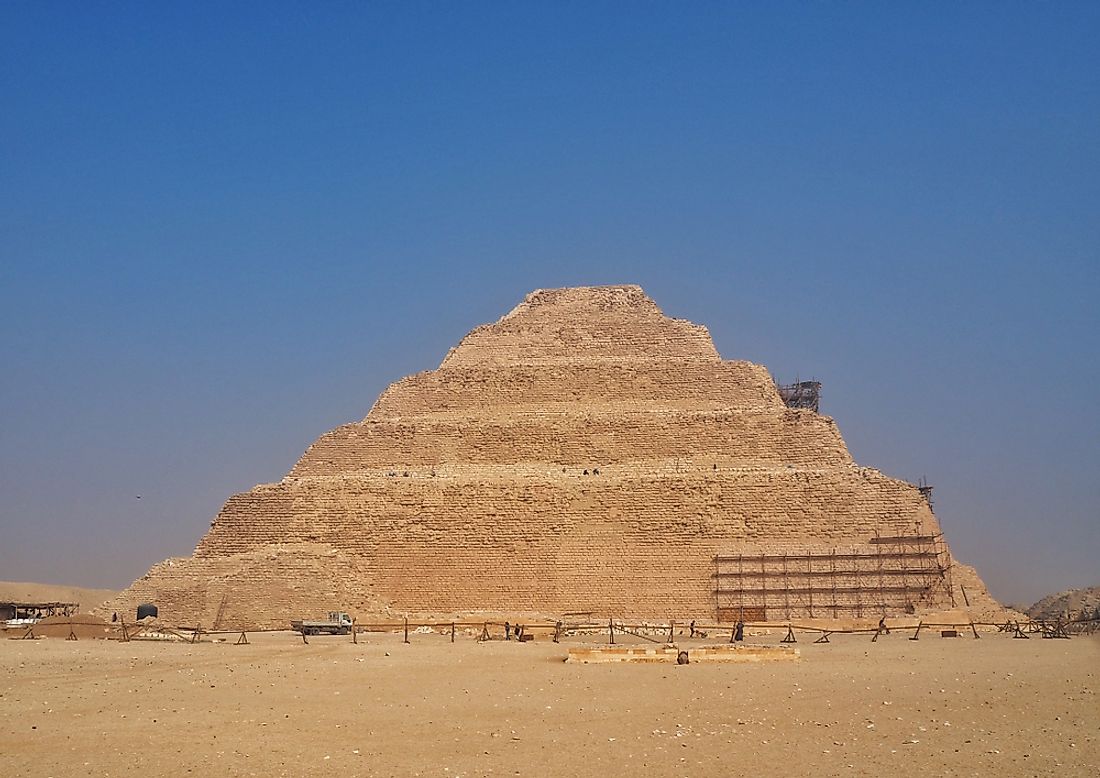The Lost City of Memphis, Egypt

Memphis was an ancient city and capital of Inebu-hedj, which was the first nome or territorial division of Lower Egypt. The city was established by Menes, a pharaoh of the Early Dynastic Period, and served as capital of the Old Egyptian of Egypt. Memphis thrived as the regional center of religion, trade, and commerce during its golden age. The city was located on the mouth of the Nile Delta, and was believed to be protected by the Egyptian mythical god Ptah. One of the biggest structures in the city was the great temple Hut-ka-Ptah. The ruins of Memphis, which are located 12 mi south of Giza near the town of Mit Rahina, have been preserved since 1979 as a UNESCO World Heritage Site, together with the Great Pyramids of Giza.
Location
Memphis is located on the western bank of the River Nile, roughly 12 mi south of Cairo. Current cities and towns situated within the historical borders of Memphis include Zawyet El Aryan, Abu Gorab, Abusir, Dahshur, and Mit Rahina. Memphis also marked as the border between Upper and Lower Egypt.
History
According to Manetho, an Egyptian priest from Sebennytos, Menes founded the city on the bank of the River Nile, and was the first Pharaoh to unite Upper and Lower Egypt. Memphis served as the capital of Ancient Egypt for more than eight dynasties during the Old Kingdom. The city reached its peak as the center of worship for Ptah during the Sixth Dynasty, and the sphinx guarding the Temple of Ptah serves as a reminder of the city’s former prestige and power. The Memphis triad, which included Ptah, his spouse Sekhmet, and their son Nefertem, became a focus of worship in the city.
The city’s golden age began during the Fourth Dynasty when rulers received the double crown, which symbolized the unification of the Two Lands. Coronations and ceremonies were held in the Temple of Ptah. Memphis became the Old Kingdom’s megalopolis which featured temples that were connected by sacred land, called temenos, and ports connected by canals and roads. When the Middle Kingdom began, pharaoh’s court and capital were moved to Thebes. However, despite this loss of political power, Memphis remained the kingdom’s most important artistic and commercial center.
The decline of Memphis began after the Eighteenth Dynasty and the rise of Thebes. However, the city was revived under the Persians, until it once again became the second most important city in the region after the founding of Alexandria. Memphis remained the second most important Egyptian city until 641 CE, when Fustat was established. It was later mostly abandoned and became a source of stone for surrounding towns. The eventual downfall of Memphis occurred after the city lost its economic significance, and its religious significance also declined following the emergence of Christianity.
Population
The island on which the city's ruins are located is currently uninhabited, with the closest settlement being the town of Mit Rahina. Estimates of the historical population of Memphis differ widely, but according to historian Tertius Chandler, the city once had a population of about 30,000 people. It was the world’s largest settlement from the time it was established until 2250 BCE, as well as from 1557 until 1400 BCE. However, archeologist Kathryn A. Bard estimates that Memphis had a population of no more than 6,000 during the Old Kingdom.











